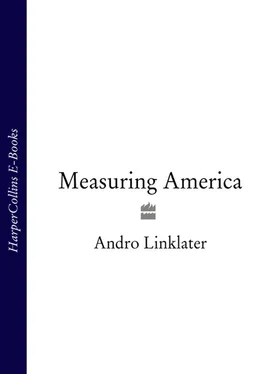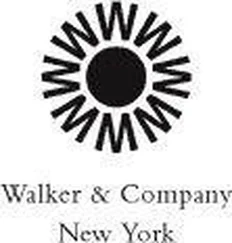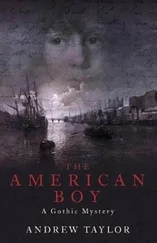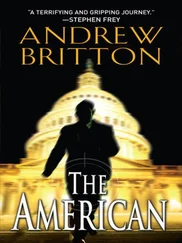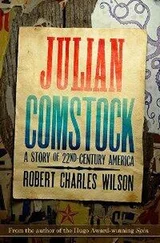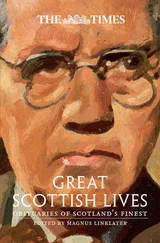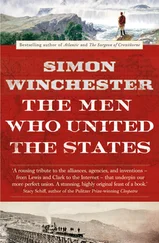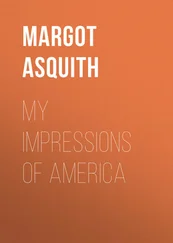To ‘butt’ upon something was to encounter or meet it; the alternative word was ‘mete’. This ancient method of surveying, which identified the boundary of an estate by the points where it met other boundaries or visible objects, thus became known as ‘metes and bounds’. Under that title it was to cross the Atlantic to the colonies of Virginia and Carolina and thence to Tennessee and Kentucky, to the confusion of landowners and the enrichment of lawyers.
Even in 1523, English landlords were engaged in a practice that was to transform the feudal order. There were infinite variations in feudalism, but at its heart was the principle that the land was the state, and only the head of state could own it outright. The dukes and barons, the king’s tenants-in-chief, technically held their broad acres of the Crown in return for the dues or service they paid; their vassals held their narrower farms from the great lords in return for rent or service; and so on down to the villeins, who had no land at all, but exchanged goods, service or rent for the right to work it. The feudal principle applied equally to the American colonies, whether they were founded by commercial concerns like the Virginia Company, or individual proprietors like William Penn. Every charter authorising the foundation of a colony, from Virginia in 1606 to Georgia in 1732, declared that the land was held of the King ‘as of his mannor of East Greenwiche in the county of Kent, in free and common soccage’ – a term which in fact imposed few obligations, but recognised the feudal framework governing land ownership on either side of the Atlantic. What the sixteenth-century manuals inadvertently reveal, as they detail the surveyor’s duties, is how that order was subverted from within.
Under the old system, tenants farmed narrow strips or rigs of land, often widely separated so that good and poor soil was distributed evenly among those who actually worked the land. For centuries, land-users had attempted to consolidate the strips into single compact fields which could be ‘enclosed’ by a fence or hedge so that crops were not trodden down or herds scattered, but the pattern remained fundamentally intact. Now, however, a period of savage inflation occurred, and in the early sixteenth century every lord and tenant was trying to squeeze the maximum profit from the land. Repeatedly Fitzherbert stresses the need for the surveyor to realise that enclosed land was more valuable than the strips and common pasture because it could be made more productive. The pressure for change is unmistakable, yet essentially the old values are still in place.
Then in 1534 comes the publication of The Boke named the Governour , by Sir Thomas Elyot, which gives advice to ‘governors’, whether of kingdoms or estates, on how to run their ‘dominions’. An essential first step according to Elyot is to draw a map or ‘figure’ of the estate so that the governor knows what it consists of, or as he puts it, ‘in visiting his own dominions, he shall set them out in figure, in such wise that his eye shall appear to him where he shall employ his study and treasure’. In the course of the sixteenth century, it became a habit of English landowners to have their estates and the surrounding countryside measured and then mapped. By 1609 John Norden could insist in the Surveior’s Dialogue that ‘the [map] rightly drawne by true information, describeth so lively an image of a Manor … as the Lord sitting in his chayre, may see what he hath, where and how it lyeth, and in whose use and occupation every particular is’.
There was a particular significance in the surveyor’s new duty of mapmaking, because in that era only the rulers of states and cities made maps. A map was a political document. It not only described territory, but asserted ownership of it. From 1549 a map of Newfoundland and the North Atlantic seaboard of North America detailing Sebastian Cabot’s discoveries used to hang in the Privy Gallery at Whitehall outside the royal council chamber, so that foreign ambassadors waiting to see the sovereign would know of England’s claims overseas. When the Flemish cartographer Abraham Ortelius produced the first modern atlas in 1570, his Theatrum orbis terrarum , which included the freshly discovered territories of the New World and the newly explored Pacific and Indian Oceans, he took care to dedicate it to his sovereign, Philip II of Spain, and to ensure that Philip could find in it his own claims across the ocean.
Consequently, when the sixteenth-century English landowners ordered maps of their estates, they were making a very particular claim. For a long time almost no one but the English made such a claim. Surveying manuals were published in the German states, but there were hardly any estate maps until late in the seventeenth century. Sweden produced her first national map in the sixteenth century, but it was a hundred years later before noblemen began measuring and mapping their estates. In sixteenth-century France, the Jesuits taught maths and all the theory needed by a surveyor, but, as the distinguished historian Marc Bloch noted, no plats or plans parcellaires were drawn before 1650. The first Spanish maps appeared as early as 1508, but no Spanish lords showed any interest in measuring their lands for another two hundred years. Only in the economically sophisticated Netherlands, where the mathematician Gemma Frisius wrote the first manual on mapmaking, A Method of Delineating Places , in 1533, were farms, especially those close to cities, measured and mapped, yet even there the aristocrats’ landed estates remained feudal. But in England, Henry VIII collected so many estate maps that an inventory of his possessions at his death in 1547 showed he had ‘a black coffer covered with fustian of Naples [which was] full of plattes’.
The significance was unmissable. When English landowners commissioned surveyors to measure out their estates and make maps or plats of them, they were asserting a form of ownership that until then only rulers and governors could make.
If there is a single date when that idea of land as private property can be said to have taken hold, it is 1538. In that year a tiny volume was published with a long title which begins, ‘ This boke sheweth the maner of measurynge of all maner of lande …’. In it, the author, Sir Richard Benese, described for the first time in English how to calculate the area of a field or an entire estate. He was probably borrowing his methods from Frisius, but his values were purely English. Noting that sellers tend to exaggerate the size of a property while buyers are inclined to underestimate it, he advises the surveyor to approach the task in a careful and methodical manner.
‘When ye shall measure a piece of any land ye shall go about the boundes of it once or twice, and [then] consider well by viewing it whether ye may measure it in one parcel wholly altogether or else in two or many parcels.’ Measuring in ‘many parcels’, he explains, is necessary when the field is an uneven, irregular shape; by dividing it up into smaller, regular shapes like squares and oblongs and triangles it becomes easy to calculate accurately the total area. The distances are to be carefully measured with a rod or pole, precisely 16½ feet long, or a cord. And finally the surveyor is to describe the area in words, and to draw a plat showing its shape and extent.
Like the maps, this interest in exact measurement is new. Before then, what mattered was how much land would yield, not its size. When William the Conqueror instituted the great survey of England in 1086, known as the Domesday Book, his commissioners noted the dimensions of estates in units like virgates and hides, which varied according to the richness of the soil: a virgate was enough land for a single person to live on, a hide enough to support a family; consequently the size shrank when measuring fertile land, and expanded in poor, upland territory. Other Domesday units like the acre and the carrucate were equally flexible, but so long as land was held in exchange for services, the number of people it could feed and so make available to render those services was more important than its exact area. Accurate measurement became important in 1538 because, beginning in that year, a gigantic swathe of England – almost half a million acres – was suddenly put on sale for cash.
Читать дальше
